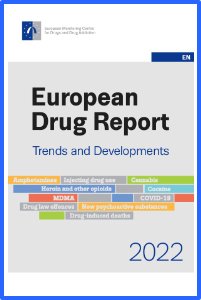Francesco Calderoni,Tommaso Comunale,Gian Maria Campedelli,Martina Marchesi,Deborah Manzi and Niccolò Frualdo
There is relatively strong evidence that being male and having committed prior criminal activity and violence are associated with future organised crime recruitment. There is weak evidence that prior sanctions, social relations with organised crime-involved subjects and a troubled family environment are associated with recruitment. This systematic review examines what individual-level risk factors are associated with recruitment into organised crime. Despite the increase of policies addressing organised crime activities, little is known about recruitment. Existing knowledge is fragmented and comprises different types of organised criminal groups.Recruitment refers to the different processes leading individuals to stable involvement in organised criminal groups, including mafia, drug trafficking organisations, adult gangs and outlawed motorcycle gangs. This systematic review excludes youth (street) gangs, prison gangs and terrorist groups.
Oslo, Norway: Campbell Collaborative, 2022. 68p.





















